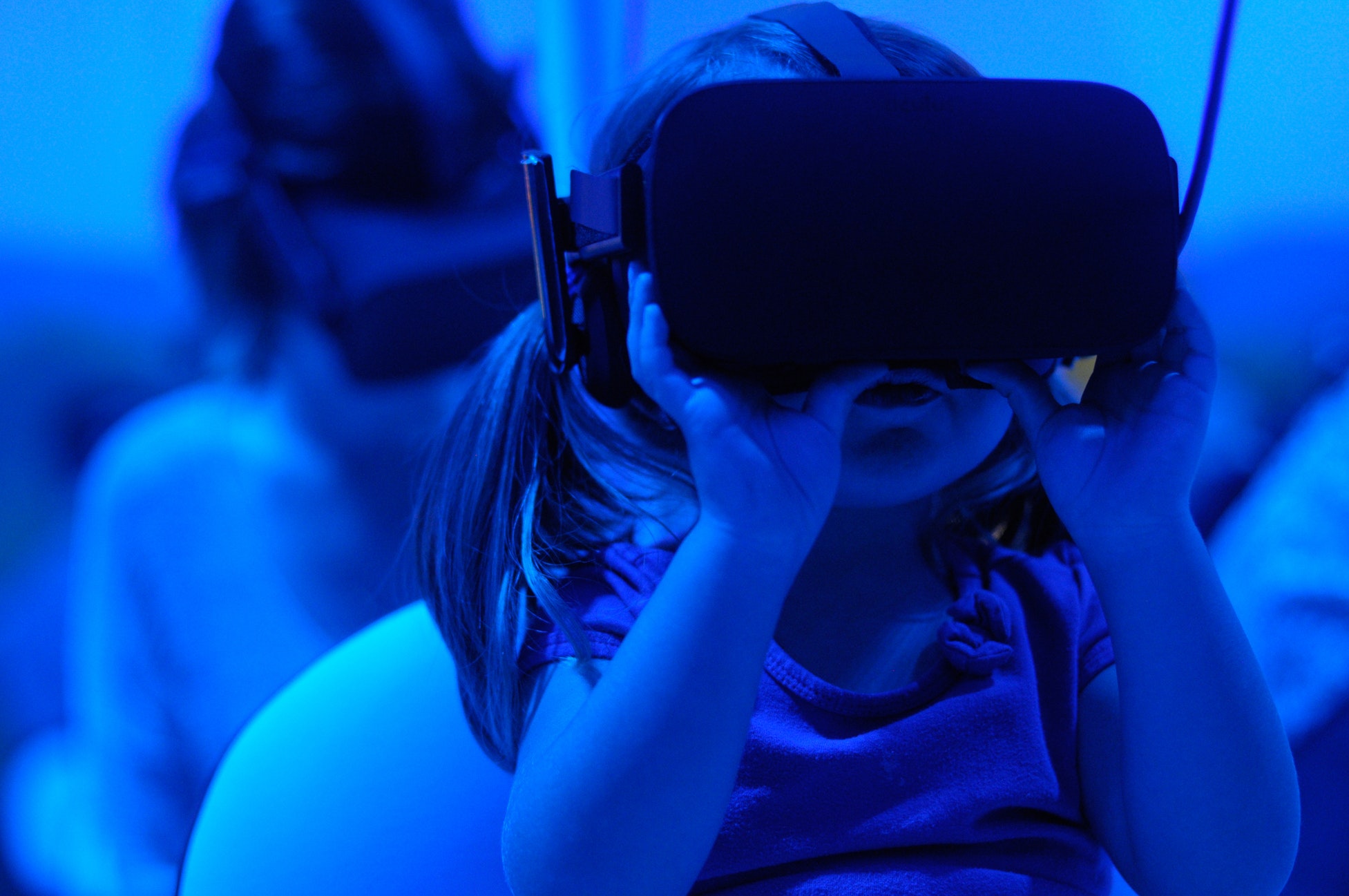
How can a chatbot influence the customer experience of your tourism business?
With the constantly ongoing advancements of Industry 4.0, several interconnected developments can be seen affecting both the digital and operational environments of tourism businesses. These so-called Tourism 4.0 innovations refer to Industry 4.0 innovations (Big Data, Internet of Things, Blockchain, Artificial Intelligence etc.) that have been specifically refined to suit the needs of the tourism […]

Experiences and digitalization – where are we going?
It’s all about experiences these days, isn’t it? They are constantly discussed in the field of tourism, and with other industries as well, but do we actually know what it is about the idea of experience that in the end intrigues the customer enough to make a purchase decision? No, we cannot know that. Why? […]